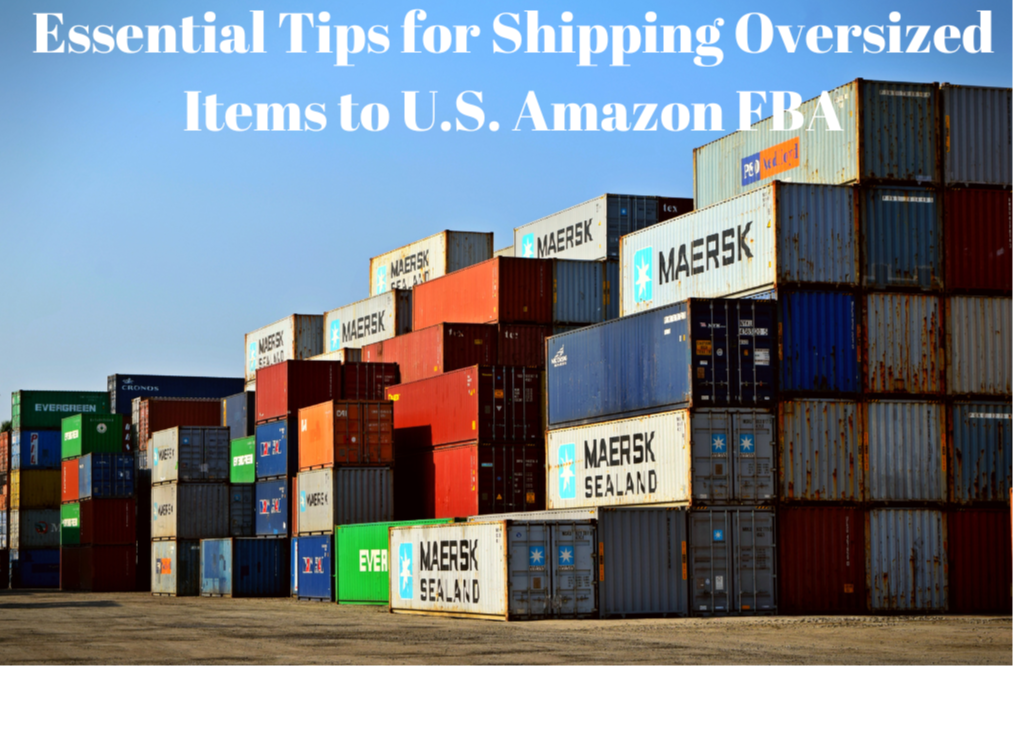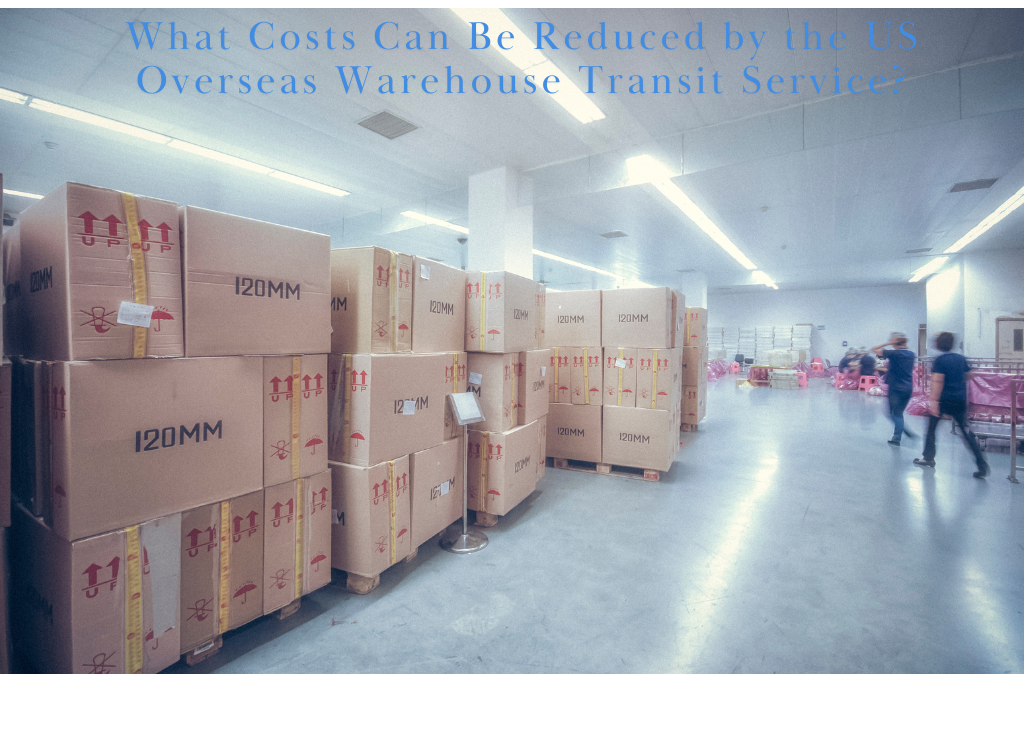FBA LCL Quote
FBA 40HQ FCL Quote
If you’re stepping into the world of e-commerce and considering Fulfillment by Amazon (FBA), understanding the process from start to finish can help you navigate this essential part of your business more smoothly.
For sellers sourcing products internationally, such as using a freight forwarder from China to USA, managing these steps effectively is even more critical.
Here's a detailed, user-friendly breakdown of how the FBA delivery process works, covering each important step you’ll need to master.
Preparing Product Information
Before any product reaches Amazon’s fulfillment center, it all starts with setting up your inventory on Amazon’s platform.
Uploading Product Listings
Converting to FBA SKU
Head over to your Amazon Seller Central dashboard. Whether you're on the “Catalog” or “Inventory” page, you’ll need to add each product you plan to sell. Make sure all product details are accurate and complete—think clear titles, detailed descriptions, and high-quality images.
Once your products are listed, it’s time to shift them to FBA. Select the product in your inventory, then choose the “Change to Fulfillment by Amazon” option to ensure they’re ready for FBA processing.
Printing Product Labels
Now that your products are set up as FBA items, labeling becomes the next crucial task.
Generating Product Labels: Navigate to the product details or use bulk actions if you have multiple items. Print the necessary product labels from Seller Central and make sure each product is clearly tagged. If your products are sourced from outside the U.S., especially from China, don’t forget to include the “Made in China” label as required by customs.
Packing and Box Labeling
Packing your items properly and adhering to Amazon’s labeling guidelines is essential to avoid delays or rejections at their fulfillment centers.
Preparing Products for Shipment
Creating Shipments
Printing Box Labels
Carefully package your items as they would be shipped. Each product needs its label, so double-check that labels are affixed securely.
Within Seller Central, select the “Send/Replenish Inventory” option. You’ll input the address of where you’re shipping from (either your location or a freight forwarder) and provide details about the type of packaging, such as dimensions, weight, and the number of boxes.
Once your boxes are ready, generate the box labels in Seller Central. Just like the product labels, each box must also display a clear label, complete with any extra information required, such as “Made in China” if applicable.
Confirming Shipping Details
Attention to detail during this stage can save you from hiccups later.
Verifying Shipment Information
Tracking Numbers
Double-check all shipment details, from the number of items to the box weights and sizes. Choose your preferred shipping service and set an expected shipping date.
After you ship through your selected carrier, make sure to collect the tracking numbers and input them into Seller Central. This step keeps your shipment visible and traceable, ensuring smoother delivery management.
Shipping and Monitoring Progress
At this point, your products are on their way to Amazon's warehouses, but your role isn’t over yet.
Sending Off Your Shipment
Tracking Your Shipment
Hand off the carefully labeled boxes to your chosen carrier. Make sure that each box has the correct labels to prevent any issues upon arrival.
Keep an eye on your shipment’s progress through Seller Central. Tracking your shipment helps you catch any potential delays and ensures everything arrives safely at the fulfillment center.
Important Tips to Keep in Mind
Follow Amazon’s Latest Guidelines: Amazon's policies can change, so it's important to stay up-to-date with their current requirements. Always refer to the latest guides and updates available in Seller Central.
Watch Video Tutorials: If you’re new to FBA, take advantage of Amazon’s video tutorials or comprehensive help documentation. They can guide you through the finer details and help you avoid common pitfalls.
Choosing the Right Shipping Method: Factor in both cost and delivery time when selecting your carrier for the initial leg of the journey.
Label Accuracy: Incorrect or unclear labels can result in delays, so make sure your labels are readable and properly attached.
By following these steps and paying attention to the details, you’ll ensure a seamless journey for your products into Amazon's fulfillment network, paving the way for efficient customer deliveries and better business growth.



